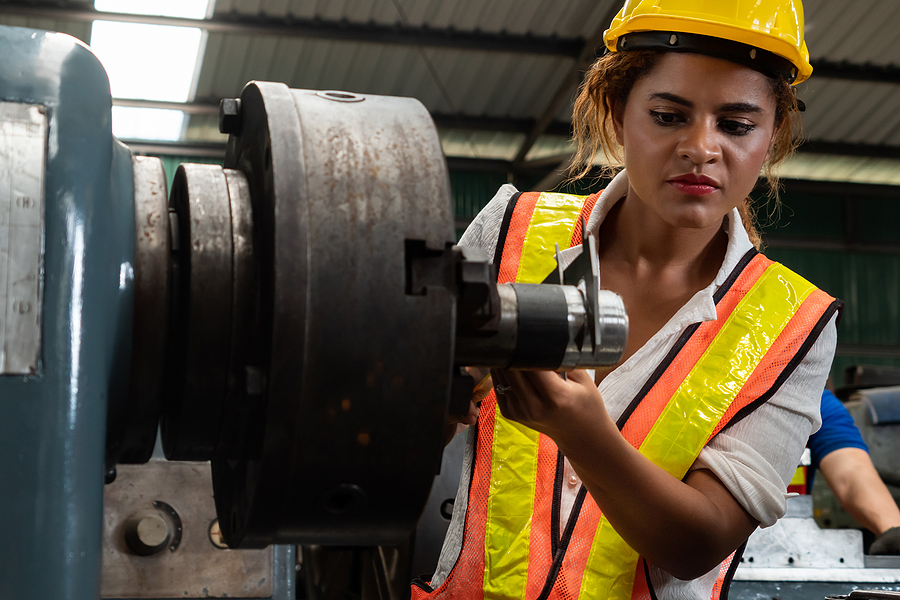New Law Enhances Payroll Tax Break for Small Manufacturers’ Research Expenses
Kirsch CPA Group
Oct 13, 2022

Is your manufacturing company on the cutting edge? It’s important to keep pace with the competition, especially if you’re trying to carve out a niche in a new marketplace. Fortunately, federal tax law allows manufacturers to claim a generous tax credit for qualified research expenses. The credit generally offsets income tax liability on a dollar-for-dollar basis.
Now there’s some extra tax incentive: The Inflation Reduction Act (IRA) expands the ability of qualified small businesses to use research credits to offset federal payroll tax instead of income tax.
The Pre-IRA Credit
The research credit is intended to encourage spending on research activities by both established firms and start-up companies. Generally, the credit equals the sum of 20% of the excess of qualified research expenses for the year over a base amount. (Other special rules may apply.)
For this purpose, the base amount is a fixed-base percentage (not to exceed 16%) of average annual receipts from a U.S. trade or business, net of returns and allowances, for the four years prior to the year of claiming the credit. It can’t be less than 50% of the annual qualified research expenses. In other words, the minimum credit is equal to 10% of qualified research expenses (50% rule x 20% credit).
Alternatively, a manufacturing company can claim a “simplified credit” of 14% of the amount by which its qualified research expenses for the year exceed 50% of its average qualified research expenses for the preceding three tax years.
The credit is available only for qualified expenses. The expenses must:
- Meet the definition of a “research and experimentation expenditure” established by the tax code, and
- Relate to research undertaken for the purpose of discovering information that’s technological in nature and the application of which is intended to be useful in developing a new or improved business component.
Also, substantially all of the activities of the research must constitute elements of a process of experimentation that relates to a new function or improved performance, reliability or quality.
Special Payroll Tax Offset
Initially, the research credit was intended to offset only income tax liability. However, the Protecting Americans from Tax Hikes (PATH) Act created an alternate scenario. For tax years beginning after 2015, a qualified small business can use the credit to offset its employer share of the Social Security, or FICA, tax up to an annual limit of $250,000. This is beneficial for businesses that are just getting off the ground and have little or no taxable income.
To qualify as a small business, a manufacturer must have less than $5 million in annual gross receipts (annualized over 12 months for a business that started in the current year). Furthermore, the business gross receipts had to start sometime in the last five years. Thus, in effect, a business just starting can claim the payroll tax offset for a maximum of five years. Under interim guidance from the IRS, “gross receipts” are defined as the sum of total sales, amounts received for services and income from investments (including interest income).
The IRA Expansion
The IRA authorizes an offset for a qualified small business against the 1.45% Medicare portion of federal payroll tax, up to an annual limit of $250,000. When combined with the PATH Act provision, this gives manufacturers the potential for a total maximum payroll offset of $500,000.
For 2022, the employer share of the Social Security tax is equal to 6.2% of an employee’s wages up to a base amount of $147,000. In contrast, the 1.45% Medicare tax portion applies to all wages. So even though it’s only at 1.45% tax, the ability to offset against Medicare tax could provide significant tax savings.
Bear in mind that this provision isn’t effective until tax years beginning after 2022. It should be applied on the employer’s employment tax return. Your tax advisor can assist with this.
Also, the credit can’t exceed the tax imposed for any calendar quarter, with any unused amounts of the credit being carried forward. Some start-up firms with small staffs may have to realize their 2023 tax benefits over the course of several years.
Moving Forward
Manufacturers could benefit from the research credit by carefully navigating these basic rules. And now the IRA opens up more favorable tax opportunities to smaller manufacturers. The IRS is expected to issue guidance on the expanded research credit, as well as revised tax forms for 2023. If you have questions, contact Kirsch CPA Group to help your manufacturing company maximize the tax benefits available for qualified research activities.
We can help you tackle business challenges like these – schedule an appointment today.
© Copyright 2022. All rights reserved.
More Resources

About The Author
Kirsch CPA Group is a full service CPA and business advisory firm helping businesses and organizations with accounting,…
Sign Up for Email Updates
Tags
Accounting & Financial News

New Auto Loan Interest Deduction: Limited Opportunity for 2025–2028
For tax years 2025 through 2028, there’s a new tax break that could save you money if…




